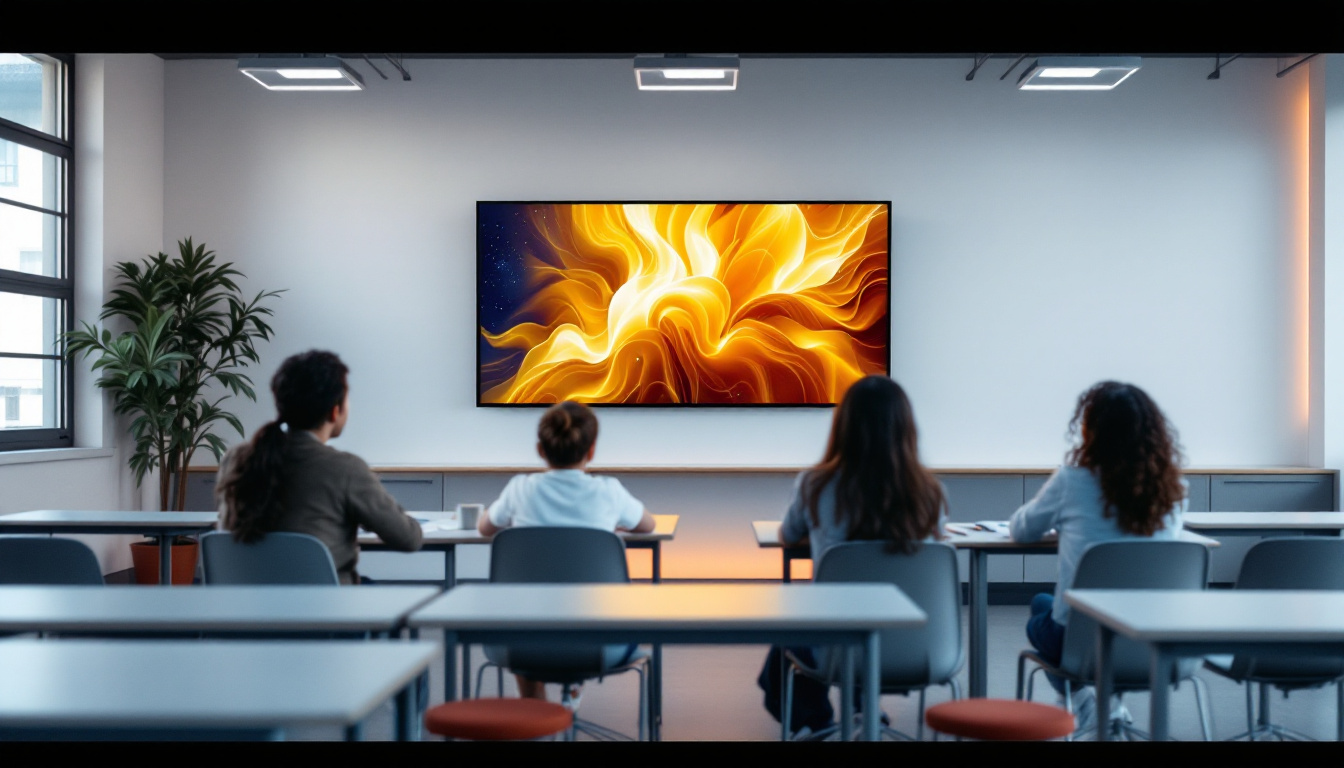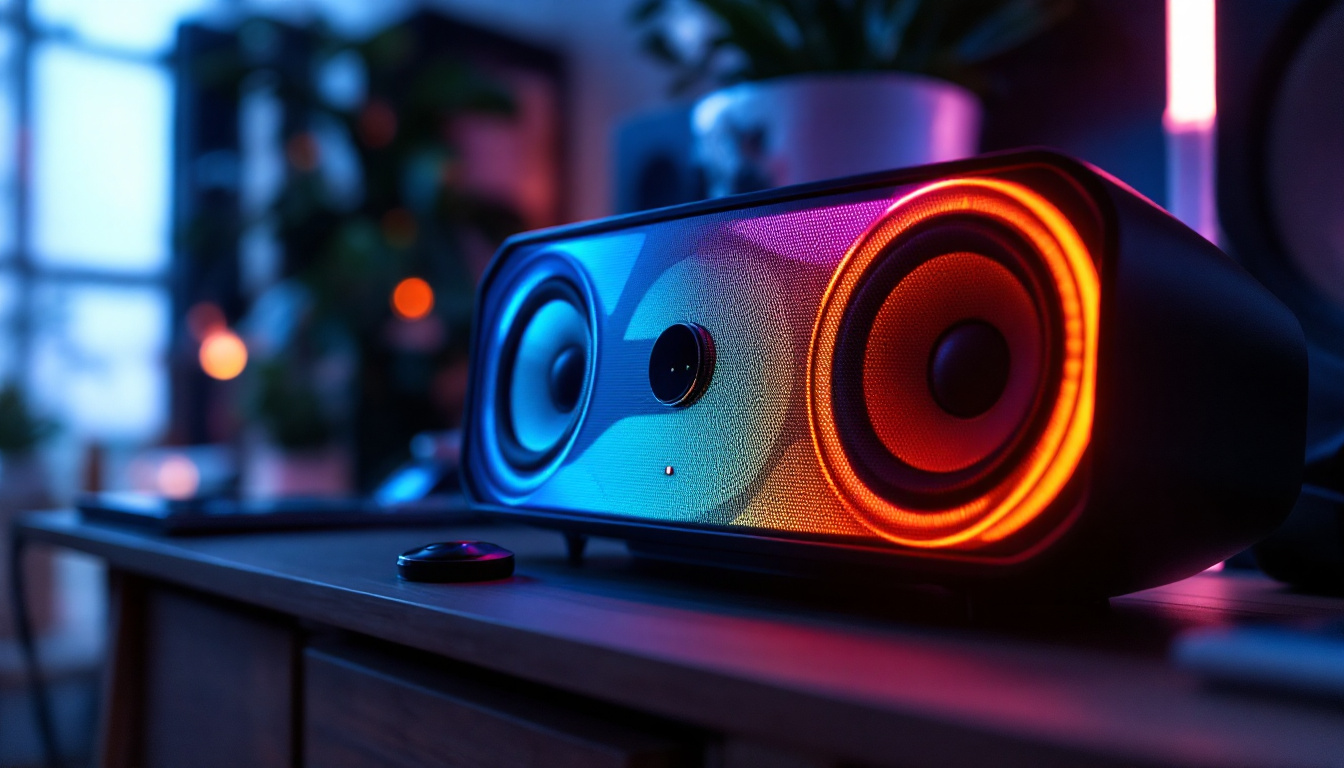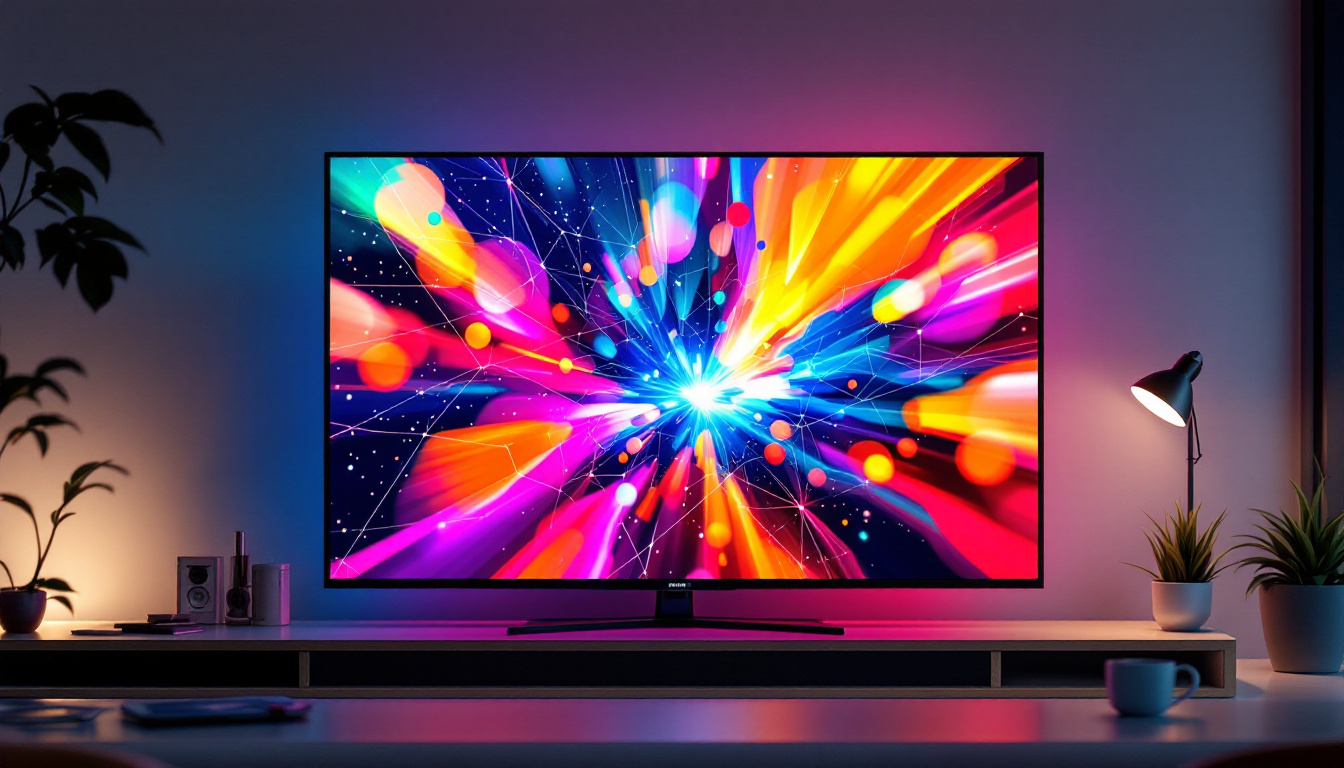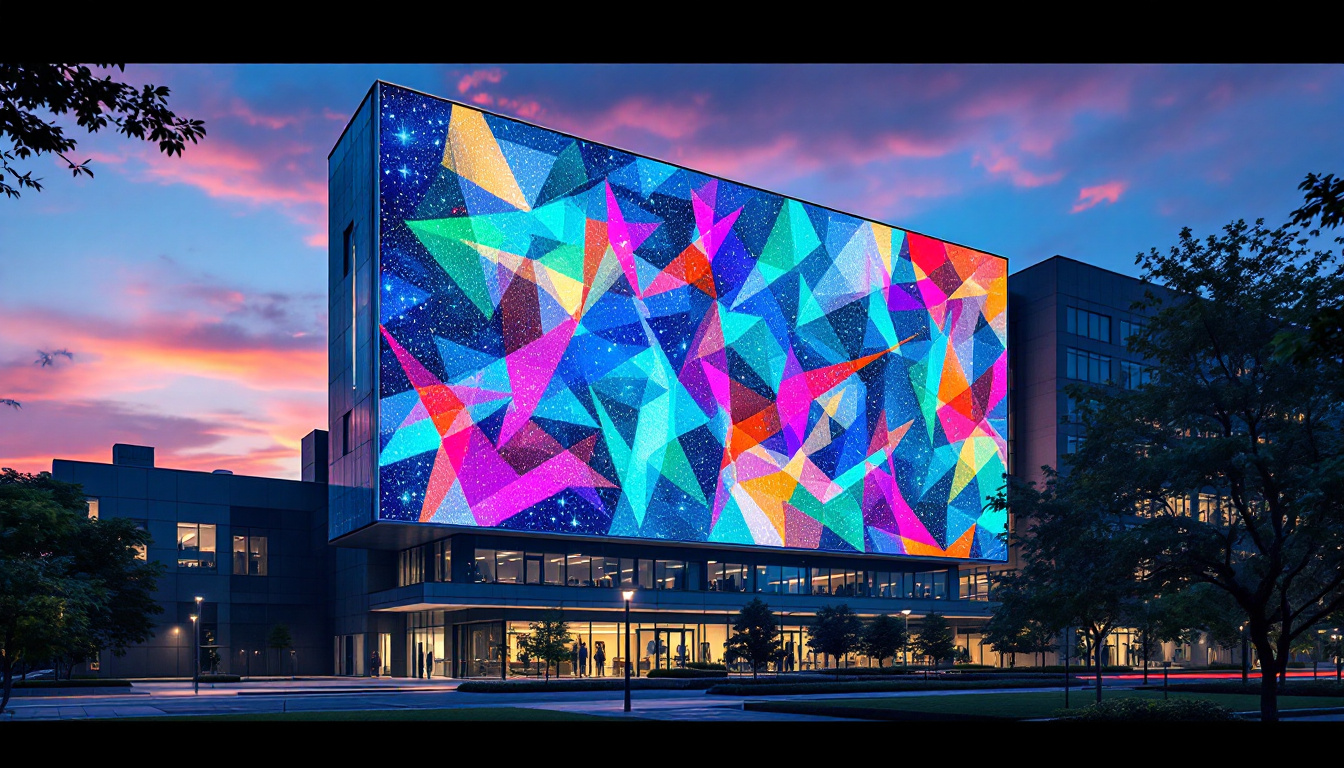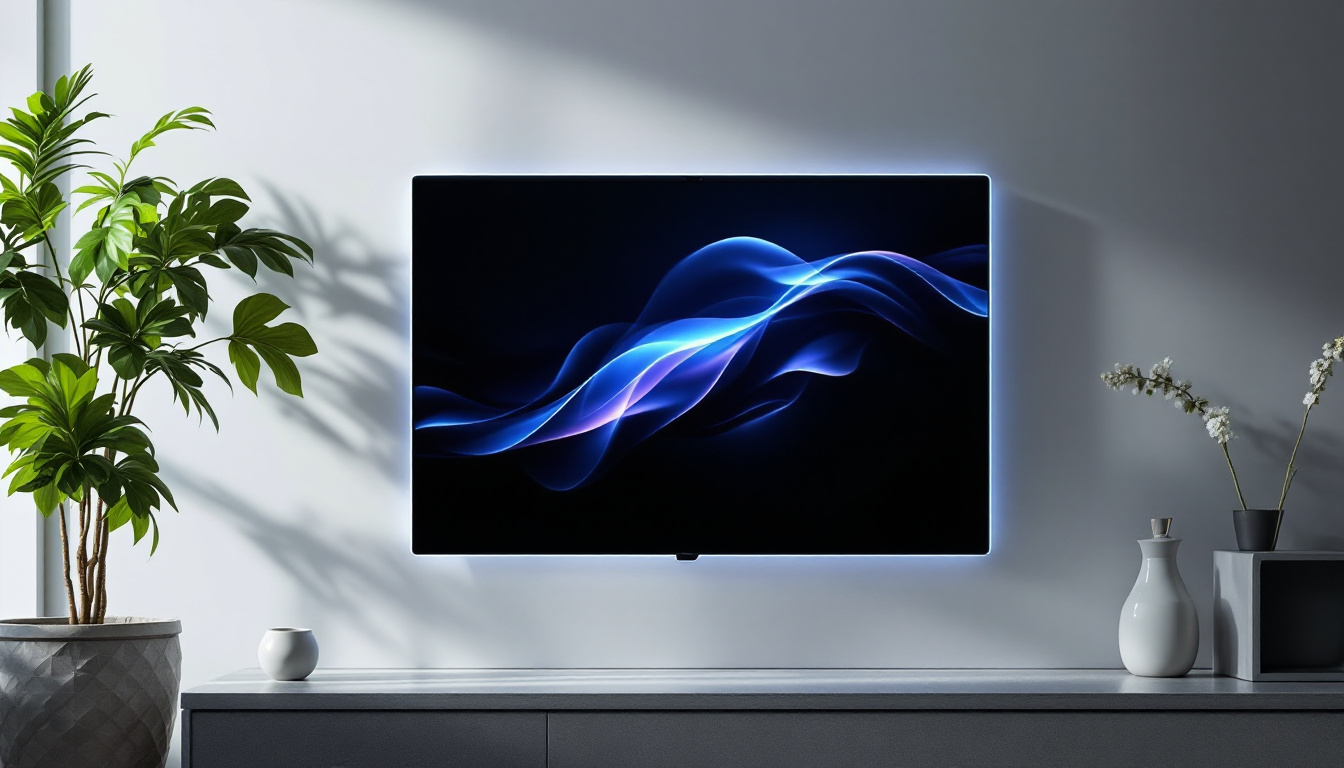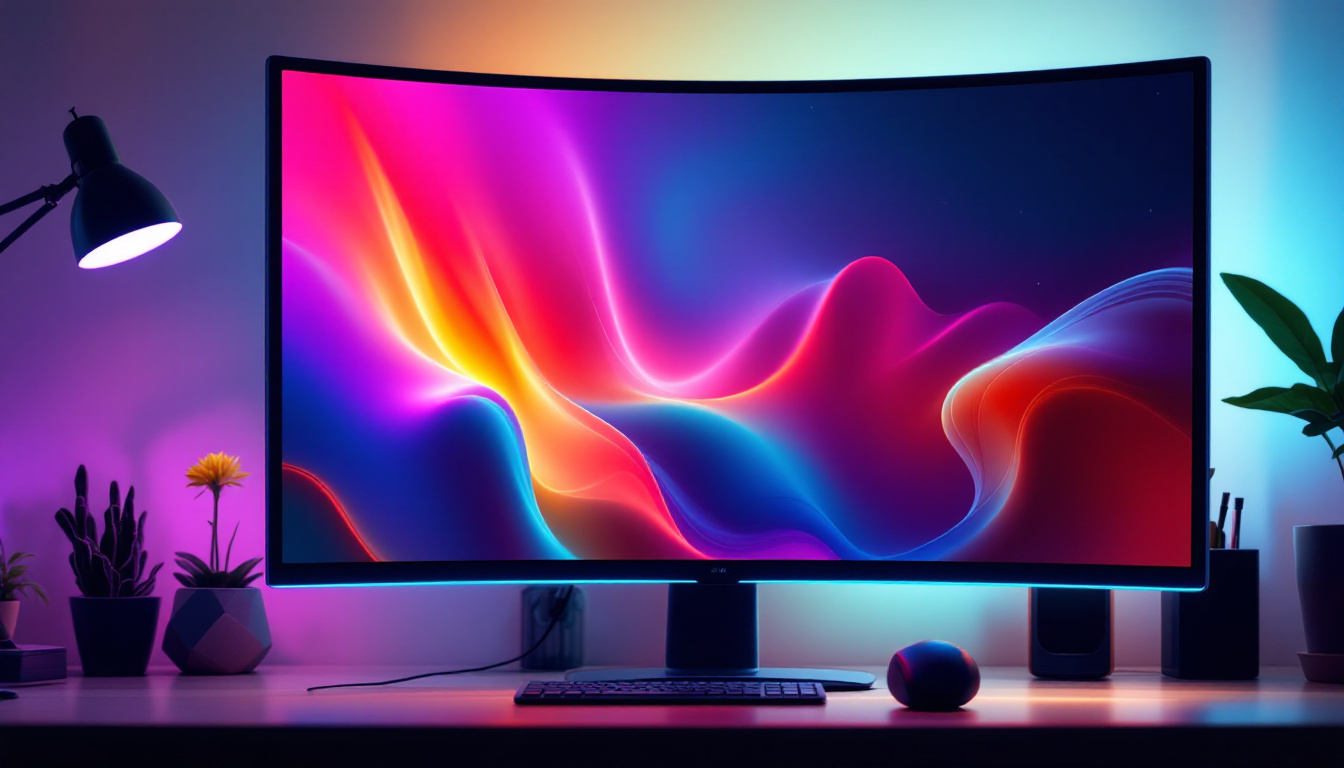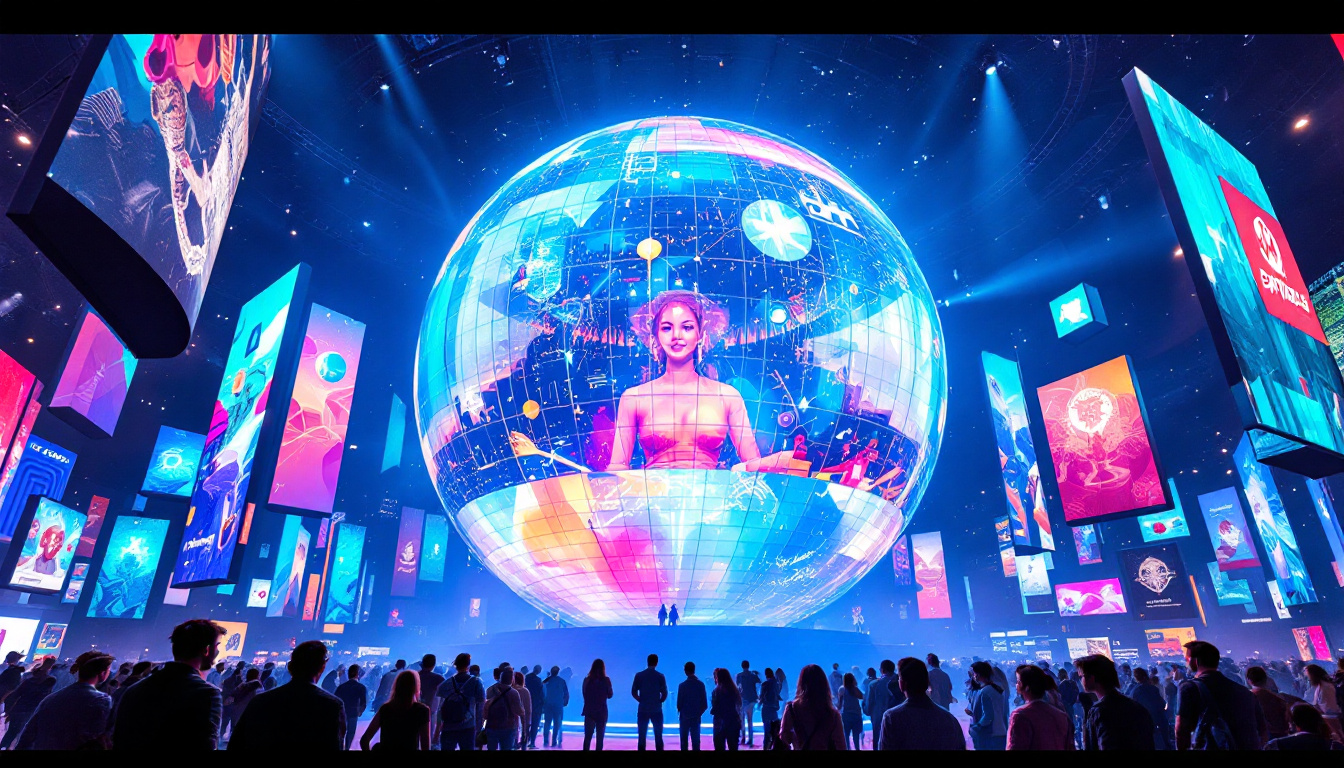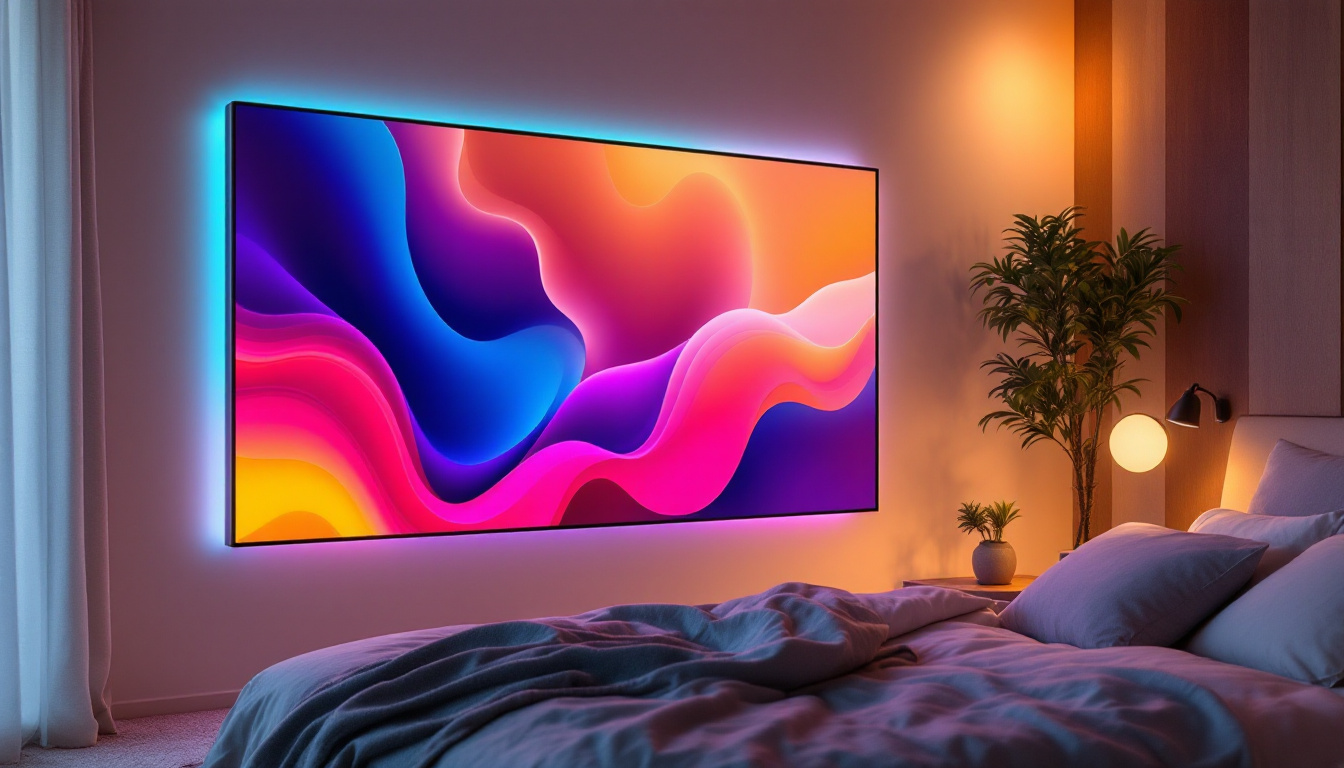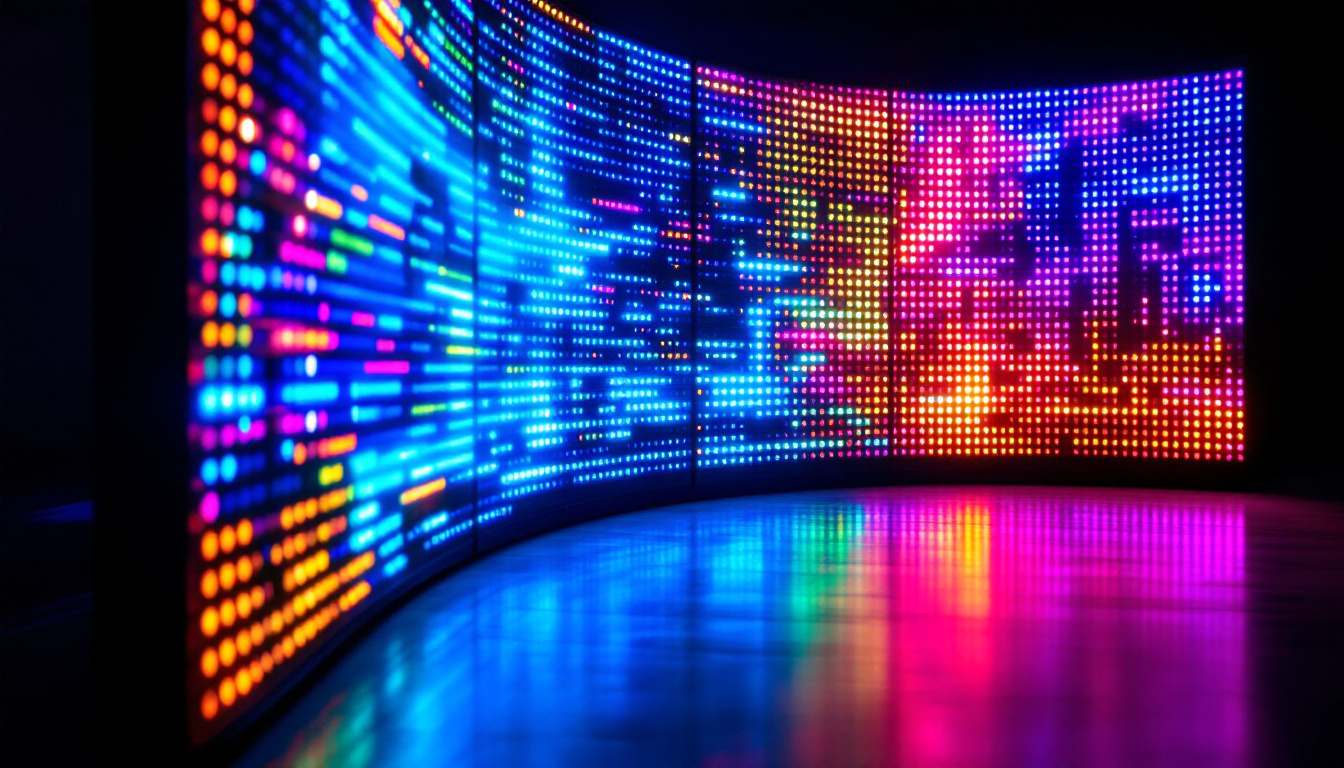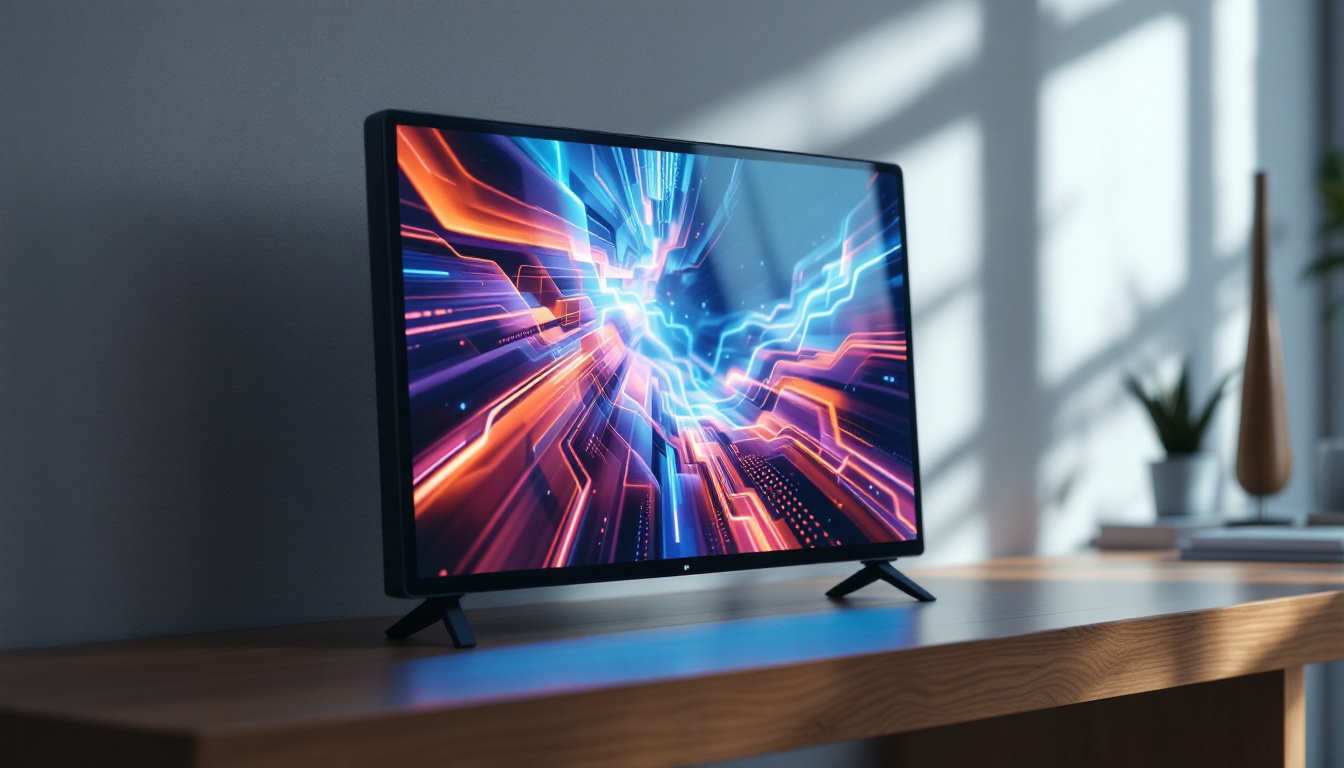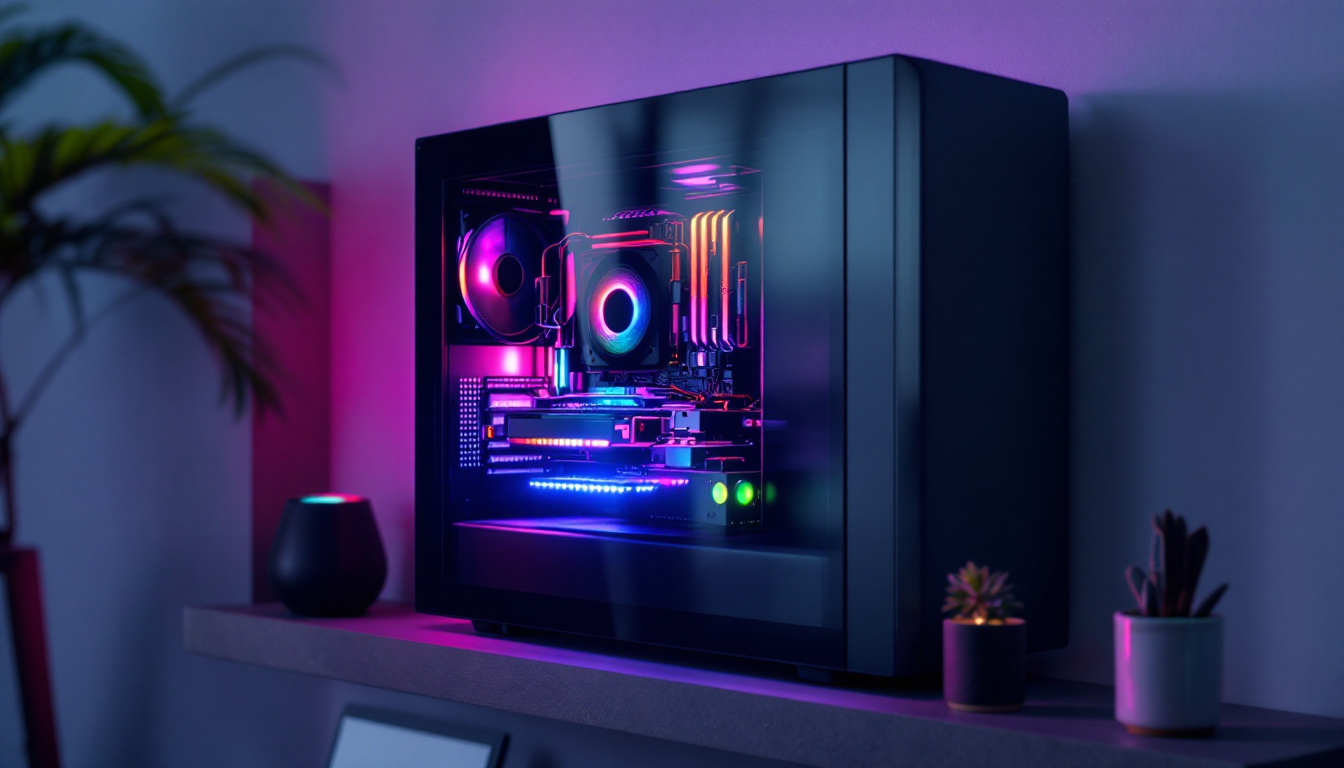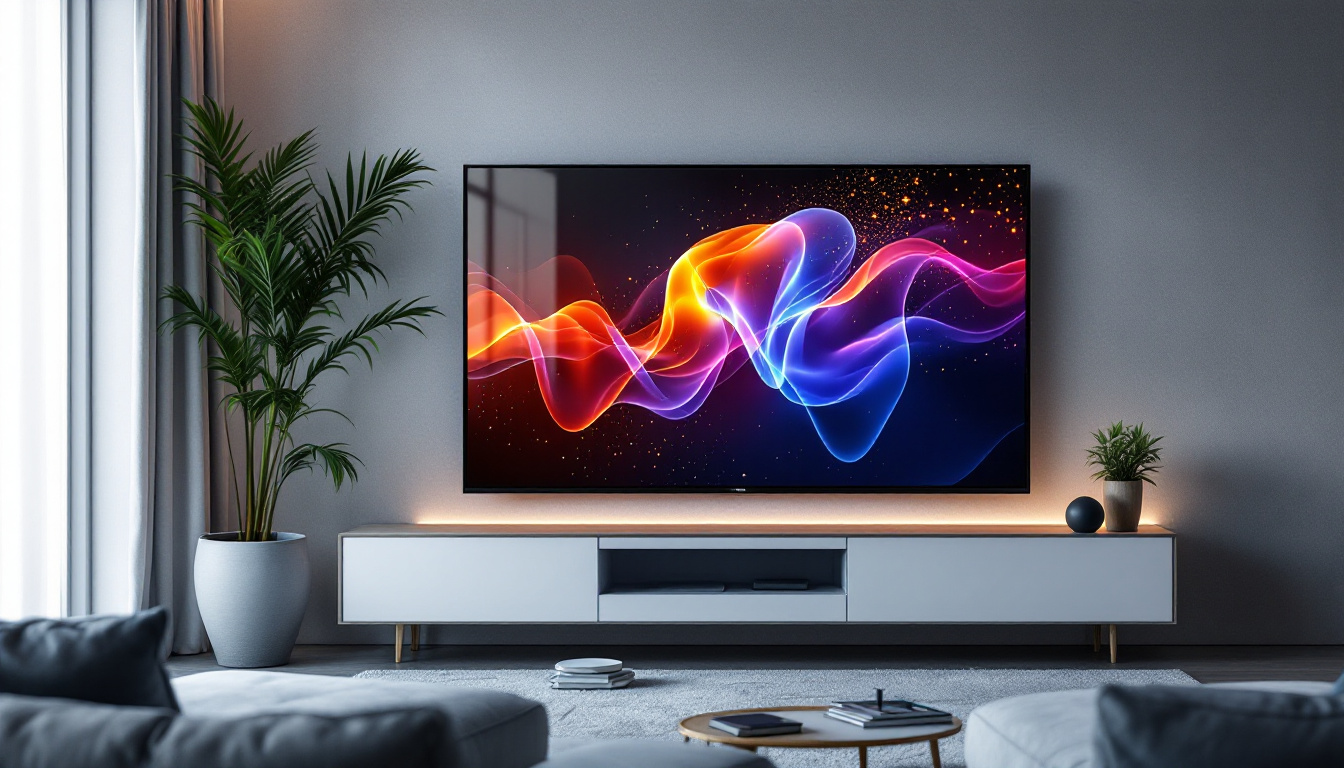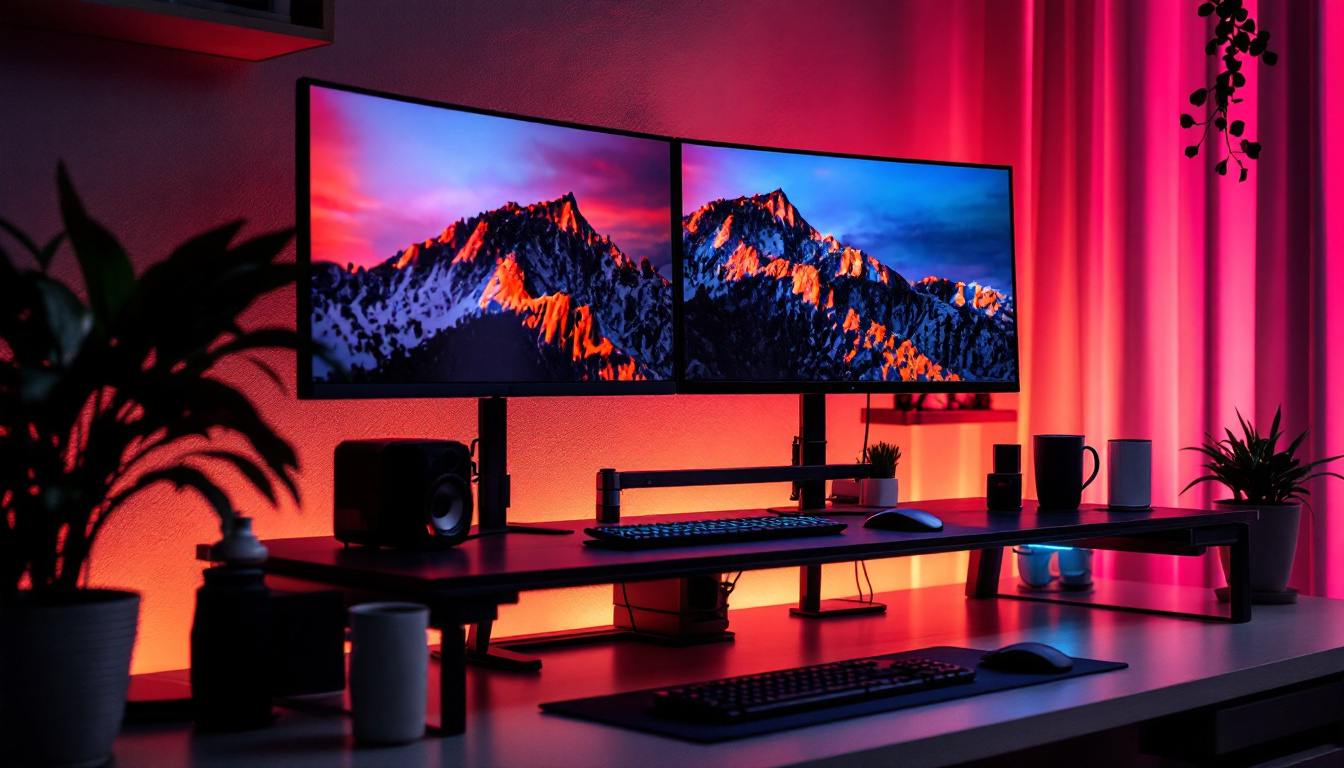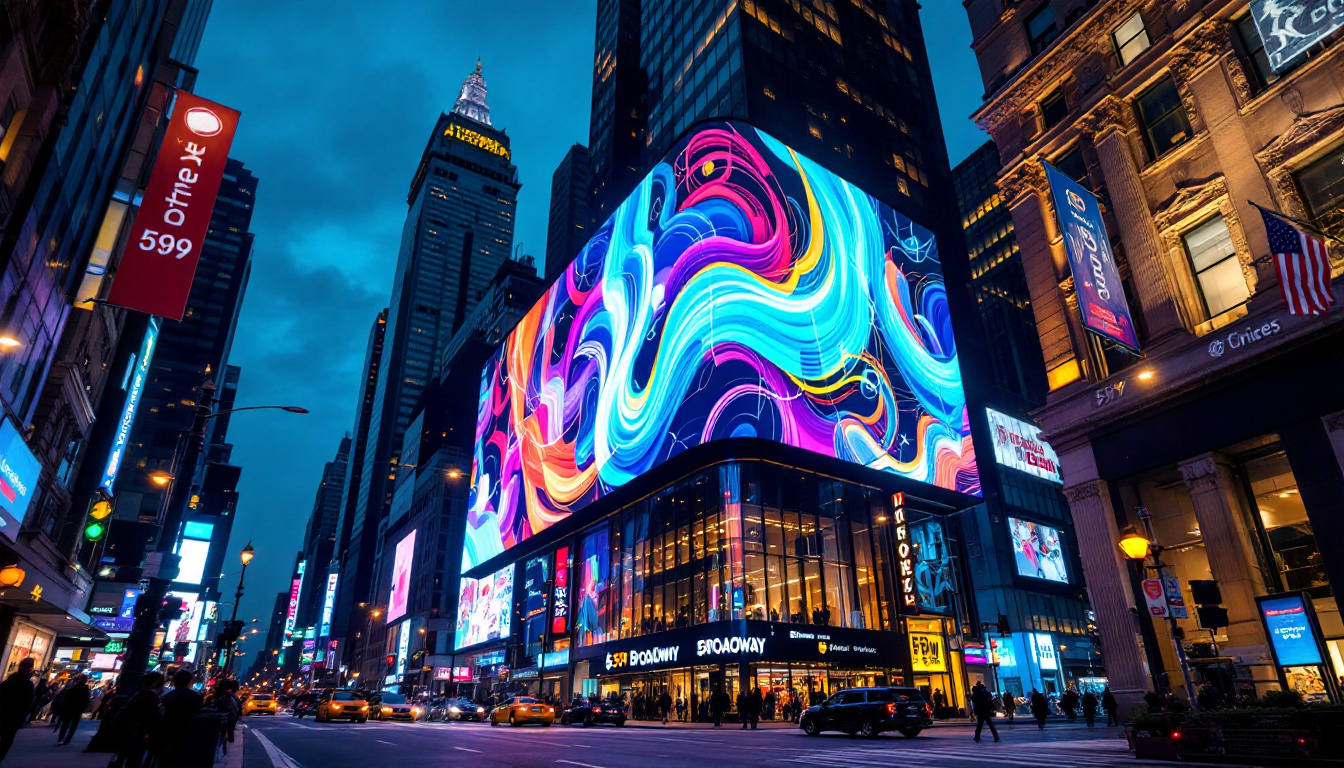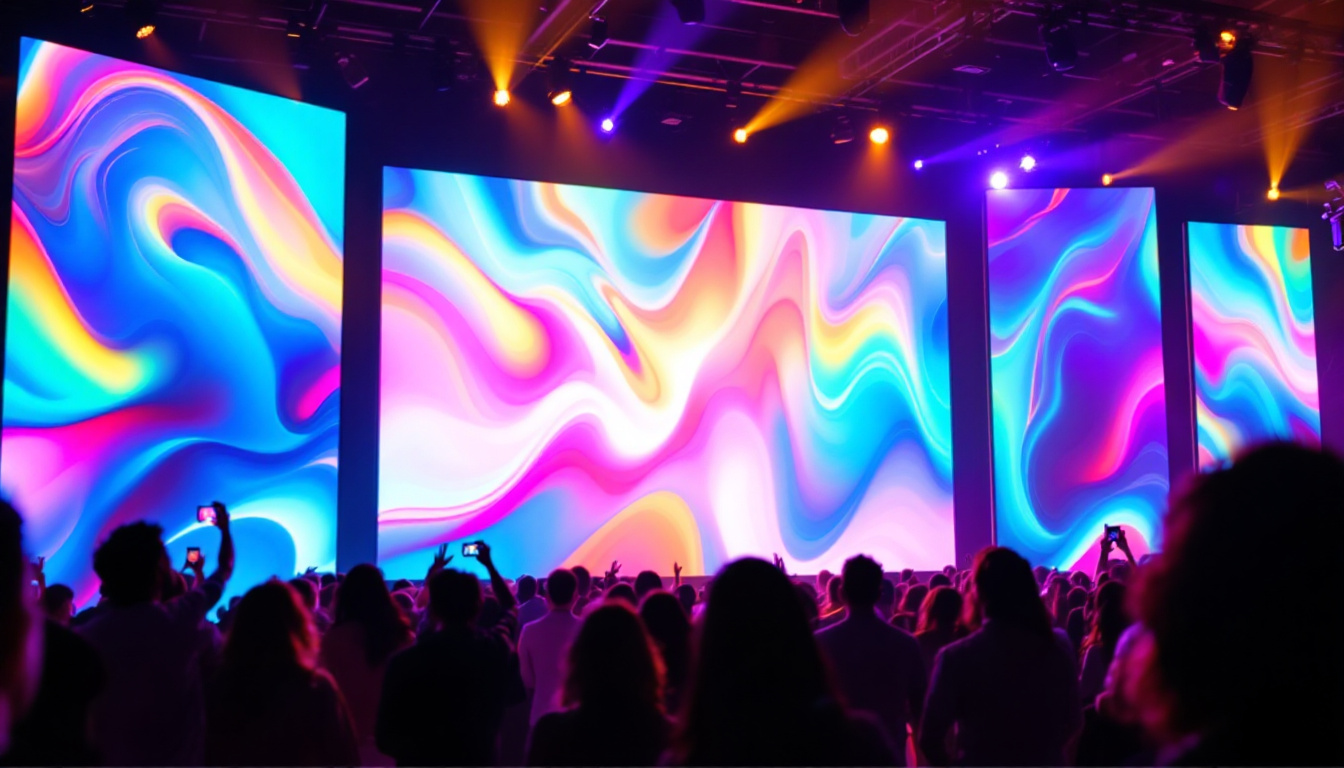In recent years, the educational landscape has undergone significant changes, with technology playing a pivotal role in enhancing learning environments. One such innovation is the use of LED displays in modular classrooms. This article explores the benefits and features of LED displays in used modular classrooms for sale, providing insights into their functionality and impact on education.
Understanding Modular Classrooms
Modular classrooms are prefabricated structures designed to serve as temporary or permanent educational spaces. They offer flexibility and can be customized to meet the needs of various educational institutions. These classrooms are often used to address space shortages, provide additional learning areas, or serve as temporary solutions during renovations. As educational demands evolve, modular classrooms provide a timely response to the need for innovative learning environments that can adapt to changing pedagogical approaches.
Benefits of Modular Classrooms
One of the primary advantages of modular classrooms is their cost-effectiveness. They are generally less expensive to construct and maintain compared to traditional brick-and-mortar buildings. Additionally, modular classrooms can be quickly assembled and disassembled, making them an ideal solution for schools facing urgent space requirements. This rapid deployment can be particularly beneficial in emergency situations, such as natural disasters, where schools may need to quickly restore learning environments for displaced students.
Another significant benefit is their adaptability. Modular classrooms can be designed to accommodate various educational needs, including specialized spaces for art, science, or technology. This versatility allows schools to create an environment tailored to their curriculum and student population. Furthermore, the modular design facilitates the creation of collaborative spaces that encourage teamwork and interactive learning, essential components of modern education.
Key Features of Modular Classrooms
Modern modular classrooms are equipped with essential features that enhance the learning experience. These may include energy-efficient lighting, climate control systems, and high-quality insulation. Furthermore, many modular classrooms come with built-in technology infrastructure, allowing for easy integration of digital tools. This technological readiness supports various teaching methodologies, from traditional lectures to interactive, project-based learning, ensuring that educators can leverage the latest advancements in educational technology.
The design of modular classrooms often incorporates large windows and open spaces, promoting natural light and a conducive learning atmosphere. This design philosophy not only improves student well-being but also fosters engagement and collaboration among learners. Additionally, many modular classrooms are designed with sustainability in mind, utilizing eco-friendly materials and construction practices that minimize their environmental impact. This commitment to sustainability not only benefits the planet but also instills a sense of environmental responsibility in students, preparing them to be conscientious global citizens.
The Role of LED Displays in Education
LED displays have revolutionized the way information is presented in educational settings. They offer vibrant visuals, high resolution, and the ability to display dynamic content, making them an invaluable tool in modern classrooms. The integration of LED displays into modular classrooms enhances the overall teaching and learning experience.
Advantages of LED Displays
One of the most significant advantages of LED displays is their clarity and brightness. Unlike traditional projectors, which can be affected by ambient light, LED screens provide consistent visibility, ensuring that all students can see the content being presented. This is particularly beneficial in modular classrooms, where lighting conditions may vary.
Moreover, LED displays are energy-efficient and have a longer lifespan than conventional display technologies. This not only reduces operational costs but also minimizes the environmental impact, aligning with the sustainability goals of many educational institutions. Furthermore, the durability of LED displays means they can withstand the rigors of daily classroom use, reducing the need for frequent replacements and maintenance, which can be a significant burden on school budgets.
Interactive Learning Opportunities
LED displays facilitate interactive learning experiences that engage students in ways that traditional teaching methods cannot. With touch-screen capabilities, students can participate in lessons directly, fostering a more hands-on approach to learning. This interactivity encourages collaboration, critical thinking, and problem-solving skills among students.
Additionally, educators can utilize various software applications to create dynamic presentations, quizzes, and interactive lessons that cater to different learning styles. This adaptability ensures that all students have the opportunity to engage with the material in a manner that resonates with them. For instance, teachers can incorporate multimedia elements such as videos, animations, and simulations that can enhance understanding of complex concepts. This multi-sensory approach not only keeps students engaged but also helps in retaining information more effectively. Moreover, the ability to connect with other digital devices allows for seamless integration of various educational resources, further enriching the learning experience.
Choosing the Right LED Display for Modular Classrooms
When considering the integration of LED displays into used modular classrooms for sale, several factors must be taken into account. Selecting the right display can significantly impact the effectiveness of the learning environment.
Screen Size and Resolution
The size and resolution of the LED display are crucial considerations. A larger screen may be necessary for classrooms with more students or those that require detailed visuals for subjects like science or art. High-resolution displays ensure that images and text are sharp and clear, enhancing comprehension and retention of information.
It is essential to assess the classroom layout and the distance from which students will view the display. This evaluation will help determine the optimal screen size and placement, ensuring that all students can benefit from the technology. Furthermore, the aspect ratio of the display can also play a significant role in how content is presented. For instance, a wider aspect ratio can be particularly beneficial for displaying multimedia presentations, allowing for a more immersive experience that captures students’ attention.
Connectivity and Compatibility
Another important aspect to consider is the connectivity options available with the LED display. Modern classrooms often require compatibility with various devices, such as computers, tablets, and smartphones. Ensuring that the display can easily connect to these devices will facilitate seamless integration into the classroom’s existing technology infrastructure.
Additionally, consider the software compatibility of the LED display. Many educational institutions utilize specific software for lesson planning and presentation. Ensuring that the LED display can support these applications will enhance its usability and effectiveness in the classroom. Moreover, the ability to wirelessly connect to devices can further streamline the teaching process, allowing educators to move freely around the classroom while still projecting content. This flexibility can foster a more interactive environment, encouraging participation and engagement from students, which is essential for effective learning.
Cost Considerations for Used Modular Classrooms with LED Displays
Investing in used modular classrooms equipped with LED displays can be a cost-effective solution for educational institutions. However, it is essential to understand the various cost factors involved in such an investment.
Initial Purchase and Installation Costs
The initial purchase price of used modular classrooms can vary significantly based on factors such as size, condition, and included features. When considering classrooms with LED displays, it is important to factor in the cost of the display itself, as well as any necessary installation expenses. Some vendors may offer bundled packages that include both the classroom and the display, which can provide additional savings.
Installation costs can also vary depending on the complexity of the setup and the need for any additional infrastructure, such as electrical work or internet connectivity. It is advisable to obtain quotes from multiple vendors to ensure a fair price for the entire package. Moreover, schools should consider the potential need for ongoing support and maintenance services, which can further influence the total cost of ownership. Engaging with vendors who offer comprehensive service agreements can help mitigate unexpected expenses down the line.
Long-Term Savings and Benefits
While the initial investment may seem significant, the long-term savings associated with used modular classrooms and LED displays can be substantial. Energy-efficient LED displays reduce electricity costs over time, while the durability of modular classrooms minimizes maintenance expenses. Furthermore, the enhanced learning experience provided by these technologies can lead to improved student outcomes, which is invaluable for any educational institution.
Additionally, the flexibility of modular classrooms allows schools to adapt to changing needs without incurring the costs associated with traditional construction. This adaptability can lead to significant savings in the long run, making used modular classrooms a smart investment for forward-thinking educational institutions. The ability to reconfigure classroom layouts quickly to accommodate different teaching styles or class sizes can also enhance the overall educational environment, fostering collaboration and engagement among students. Furthermore, as educational trends evolve, having the option to upgrade or replace specific components, such as LED displays, without a complete overhaul of the classroom structure can be a strategic advantage for schools aiming to stay current with technological advancements.
Conclusion
The integration of LED displays into used modular classrooms represents a significant advancement in educational technology. By enhancing the learning environment and providing interactive opportunities for students, these displays play a crucial role in modern education. As schools continue to seek innovative solutions to meet their evolving needs, the combination of modular classrooms and LED displays offers a compelling option that balances flexibility, cost-effectiveness, and educational effectiveness.
As educational institutions consider their options for expanding or upgrading their facilities, the benefits of used modular classrooms equipped with LED displays should not be overlooked. With careful consideration of factors such as screen size, connectivity, and overall costs, schools can make informed decisions that will positively impact their students and educators for years to come.
Discover LumenMatrix LED Displays for Your Modular Classroom
Ready to elevate your educational environment with the latest in LED display technology? Look no further than LumenMatrix, a pioneer in crafting immersive visual experiences that captivate and engage. Our extensive range of LED display solutions, including Indoor and Outdoor LED Walls, Vehicle Displays, LED Posters, Sports Displays, and even Customizable options, are designed to meet the dynamic needs of modern classrooms. Embrace the future of learning with LumenMatrix’s innovative displays and transform your modular classroom into a hub of interaction and inspiration. Check out LumenMatrix LED Display Solutions today and bring your educational vision to life.

